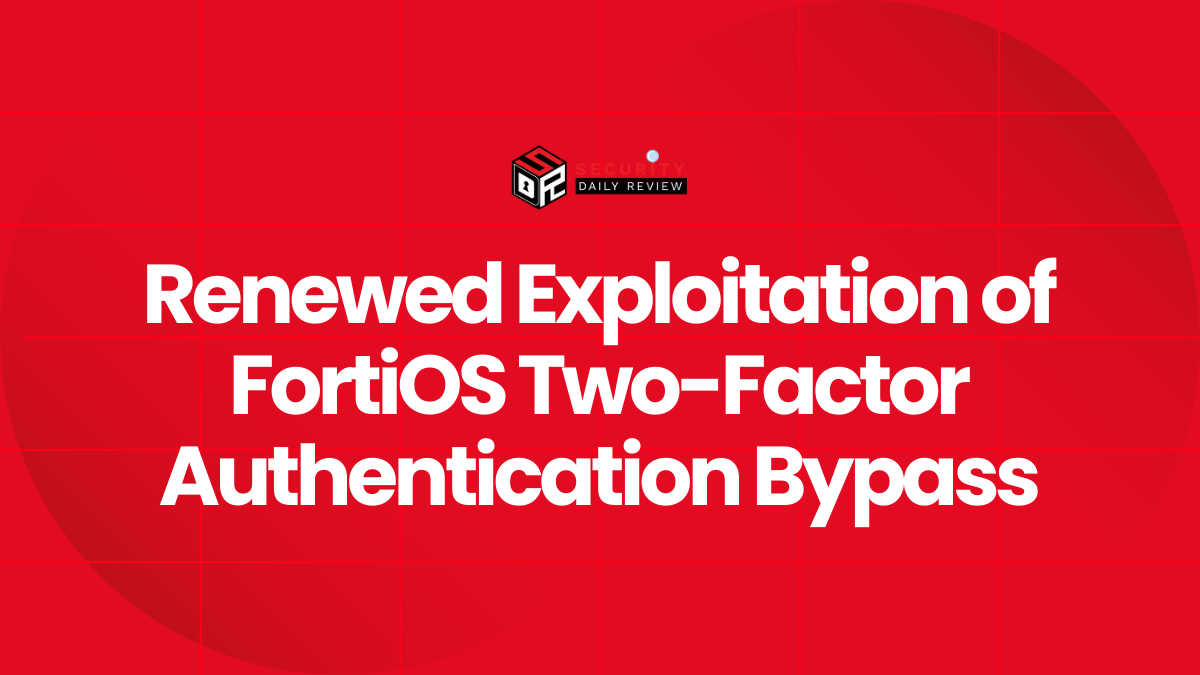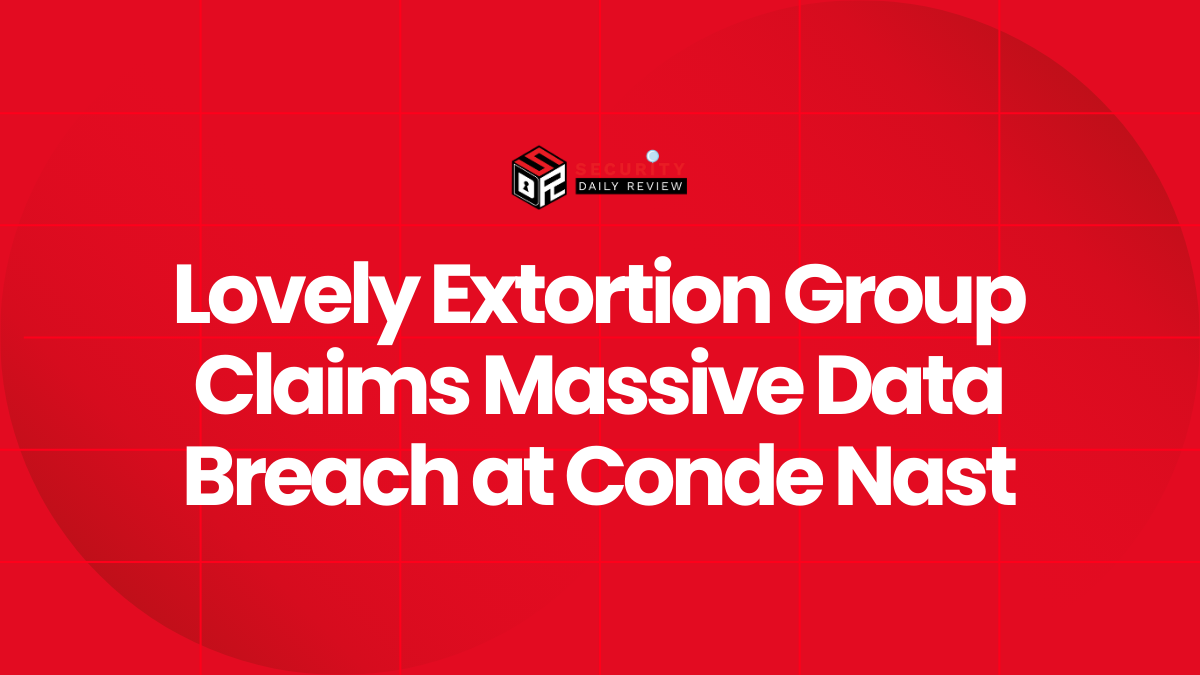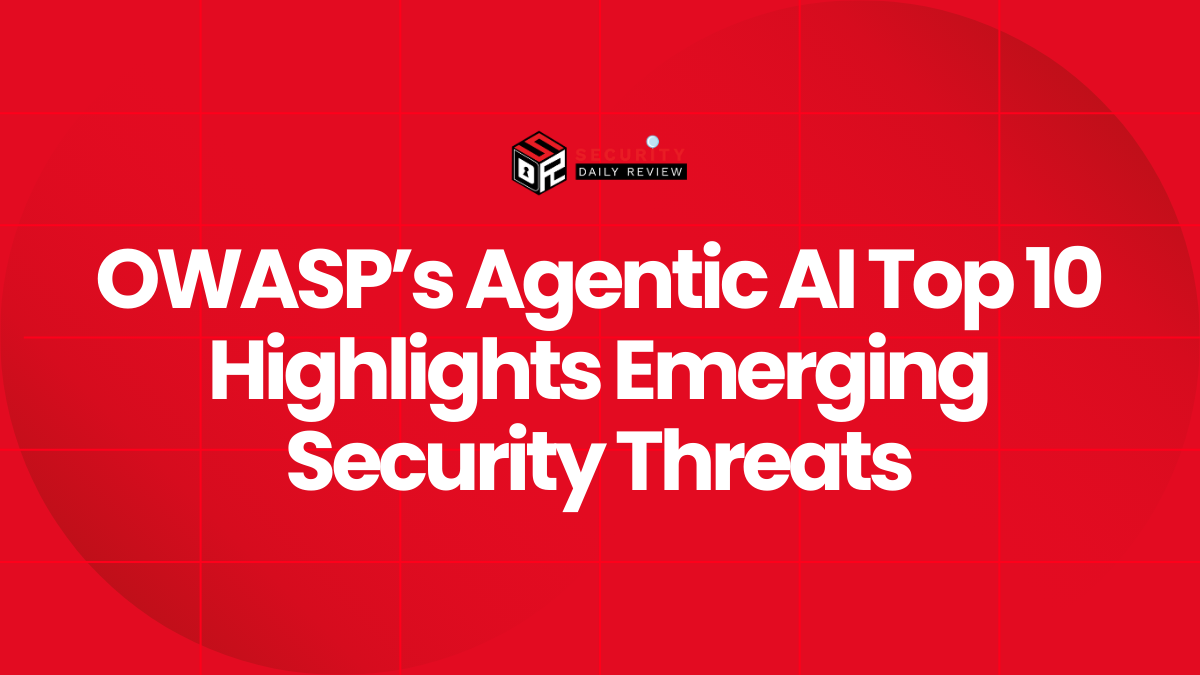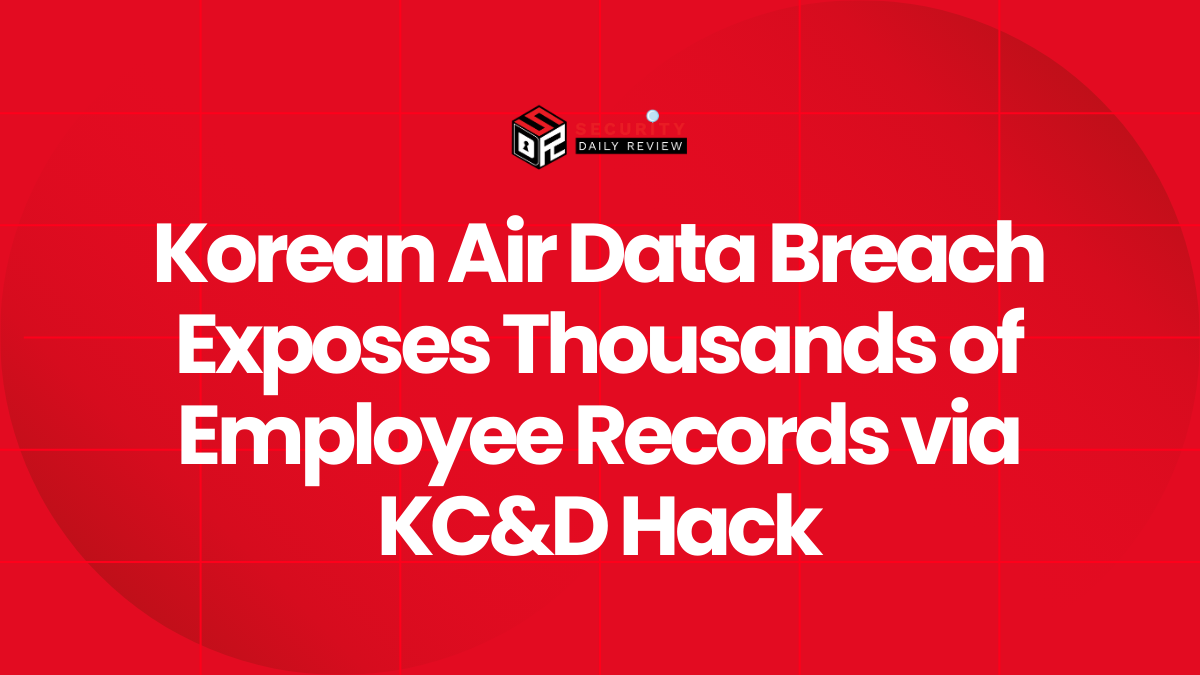Amid escalating threats posed by AI-powered impersonation and cyberattacks, Okta’s latest financial performance highlights a shifting cybersecurity landscape—one where identity verification is no longer optional, but foundational. The San Francisco-based identity and access management (IAM) company has sharply raised its annual forecasts for fiscal year 2026, attributing the growth to surging enterprise demand for cybersecurity tools that can counteract sophisticated threats targeting digital identities.
Surging Revenues Reflect Soaring Demand for Identity-Centric Security
Okta reported second-quarter fiscal 2026 revenue of $728 million, a 13% year-over-year increase and above analysts’ expectations. Adjusted earnings per share (EPS) reached $0.91, exceeding consensus forecasts. The company’s remaining performance obligations (RPO)—a measure of future revenue under contract—also climbed 10% year-over-year to $2.26 billion.
This strong quarterly performance has led the company to raise its full-year fiscal 2026 revenue forecast from $2.85–$2.86 billion to $2.88–$2.89 billion. It also lifted its EPS projection to a range of $3.33–$3.38. Okta now anticipates a non-GAAP operating income of between $730 million and $740 million, representing an operating margin of 25% to 26%.
According to CEO Todd McKinnon, “Our continued success is driven by innovation and relentless customer focus across both the Okta and Auth0 platforms.” These platforms provide core services for secure access management, identity governance, and privileged access—critical controls in modern enterprise security architectures.
Identity Verification Emerges as a Frontline Defense Against AI-Driven Cyber Threats
Okta attributes much of this growth to a rising enterprise awareness of the importance of identity verification amid increasingly sophisticated cyber threats, including AI-generated deepfakes and synthetic identities. In particular, the company spotlighted five of its ten largest second-quarter deals as coming from public-sector clients—including a major contract with a U.S. Department of Defense group.
Traditional multi-factor authentication (MFA) solutions, while useful, are no longer sufficient against attackers equipped with tools capable of impersonating legitimate users. Okta’s identity verification technology, integrated directly into its platform, allows organizations to validate users at critical junctures such as:
- Onboarding new hires
- Password reset requests
- Enrollment in authentication mechanisms
By verifying a user’s true identity during these vulnerable touchpoints, organizations can significantly reduce the risk of account compromise and lateral movement by attackers.
Strength in Strategic Partnerships and High-Value Contracts Boosts Long-Term Outlook
Okta also continues to benefit from strategic partnerships and a growing base of large enterprise clients. Collaborative efforts with cloud hyperscalers like Amazon Web Services (AWS) have helped the company expand its footprint and bring in more customers with $1 million+ annual contract values—an indicator of deep enterprise adoption.
This momentum supports Okta’s long-term goal of achieving a 15% compound annual growth rate (CAGR) in revenue. From $1.86 billion in fiscal 2023, the company is on track to meet or exceed its $2.85–$2.89 billion target by fiscal 2026, despite swirling macroeconomic pressures.
Key highlights from recent fiscal quarters include:
- Q1 FY26 revenue growth of 11.5%, reaching $688 million
- FY25 full-year revenue of $2.61 billion, up 15% from the prior year
- RPO of $4.215 billion at the end of FY25, signaling strong future revenue commitments
Okta’s Secure Identity Assessment service, introduced earlier in fiscal 2025, also aims to help enterprises assess and reduce “identity debt”—the accumulated risks and inefficiencies in managing user identity and access. Combined with advancements in AI-powered identity platforms, Okta is positioning itself as a leader in securing complex digital ecosystems.
Public Sector Security Spending Validates Market Position
The company’s recent penetration into defense and government sectors showcases the increasing recognition of identity as a national security priority. Public-sector entities are traditionally risk-averse and subject to rigorous procurement standards, making their investment in Okta’s identity verification tools a noteworthy validation of the technology’s critical role.
This trend underscores a broader industry realization: identity is the perimeter in cloud-first, zero-trust environments, and successful cyber defense hinges on continuously authenticated and verified access.
Actionable Insights for CISOs and Security Architects
For CISOs and security teams, Okta’s growth trajectory offers a few key takeaways:
- Prioritize Identity Verification : Attackers increasingly target the identity layer via impersonation and session hijacking. Integrating real-time identity verification into user workflows can mitigate this risk.
- Evaluate RPO When Sizing Vendors : Okta’s growing RPO signals both long-term viability and customer trust. Organizations should consider RPO trends when assessing vendor sustainability.
- Watch the Public Sector : Adoption of IAM solutions by defense and government entities reflects rising baseline security expectations, which private sector firms should prepare to meet.
As AI-fueled cyber threats accelerate, tools that anchor security in verified identity are quickly shifting from optional controls to baseline necessities. Okta’s financial momentum—and increasing traction in mission-critical sectors—suggests that identity-centric security is not only here to stay, but destined to become the centerpiece of enterprise cyber defense strategies.









